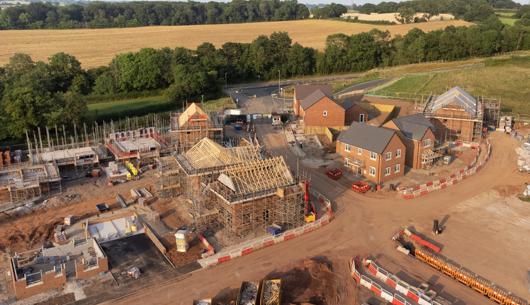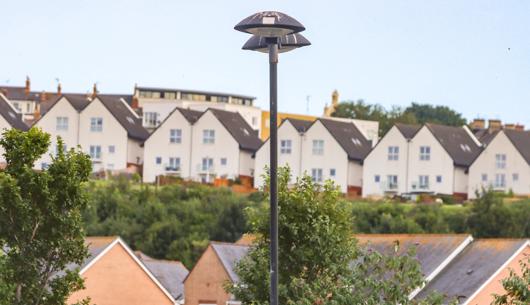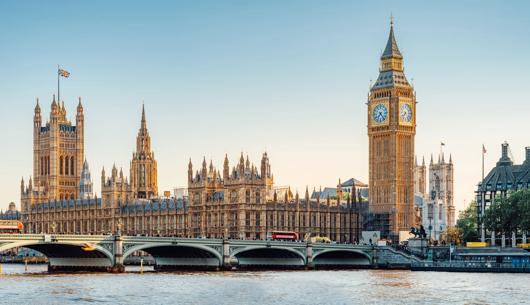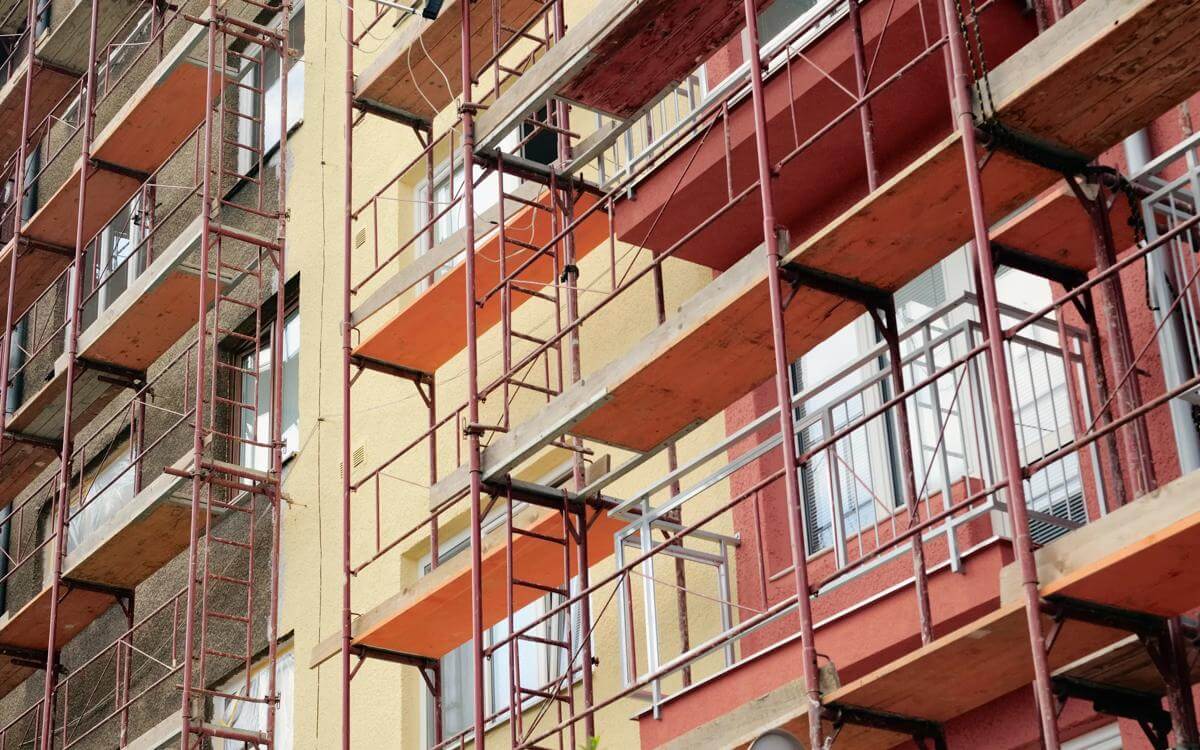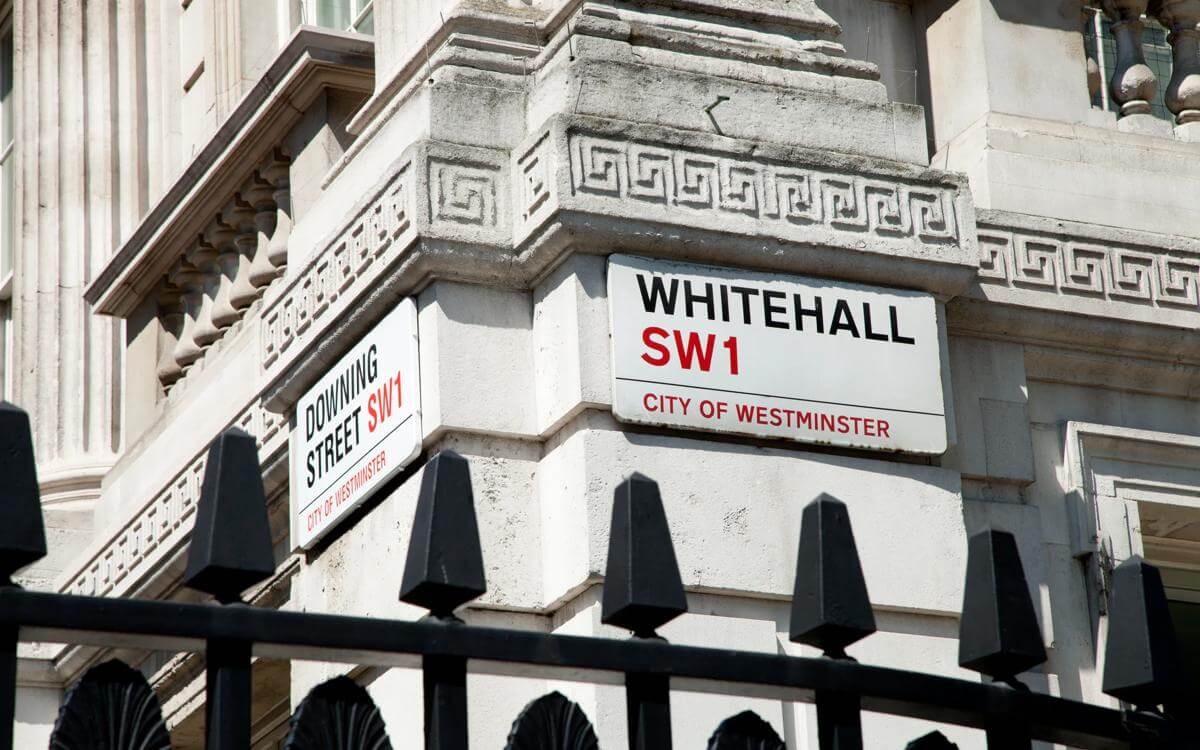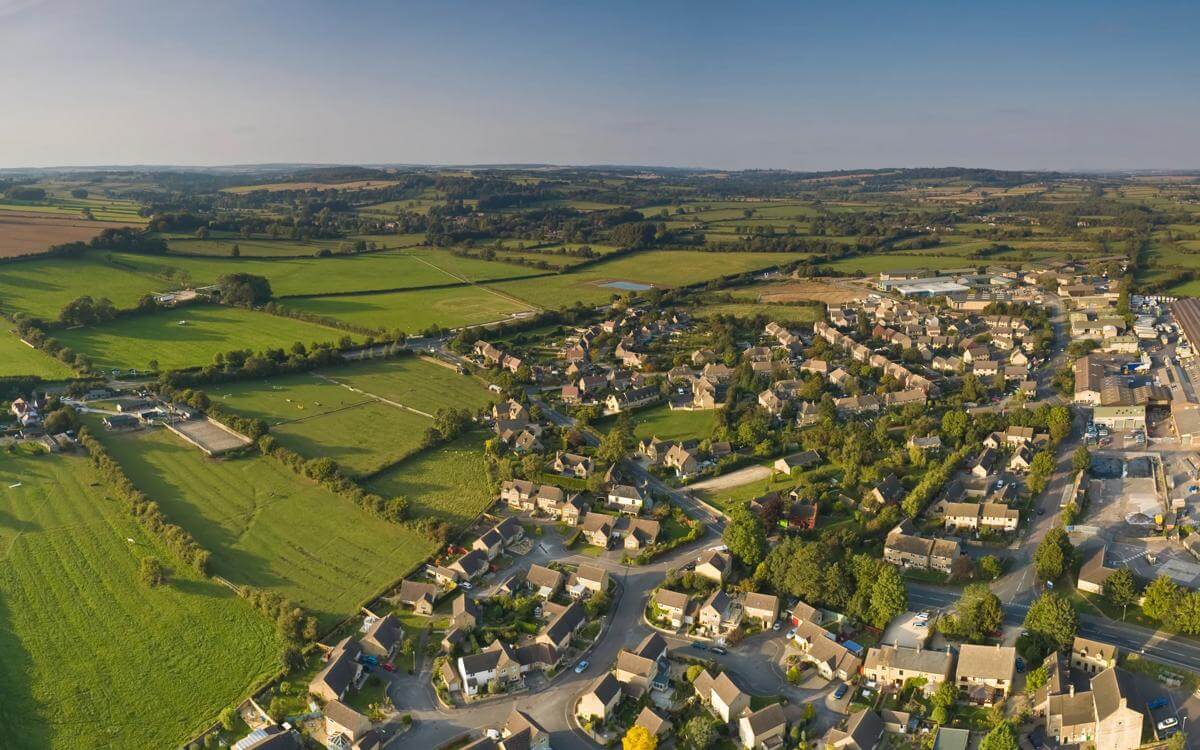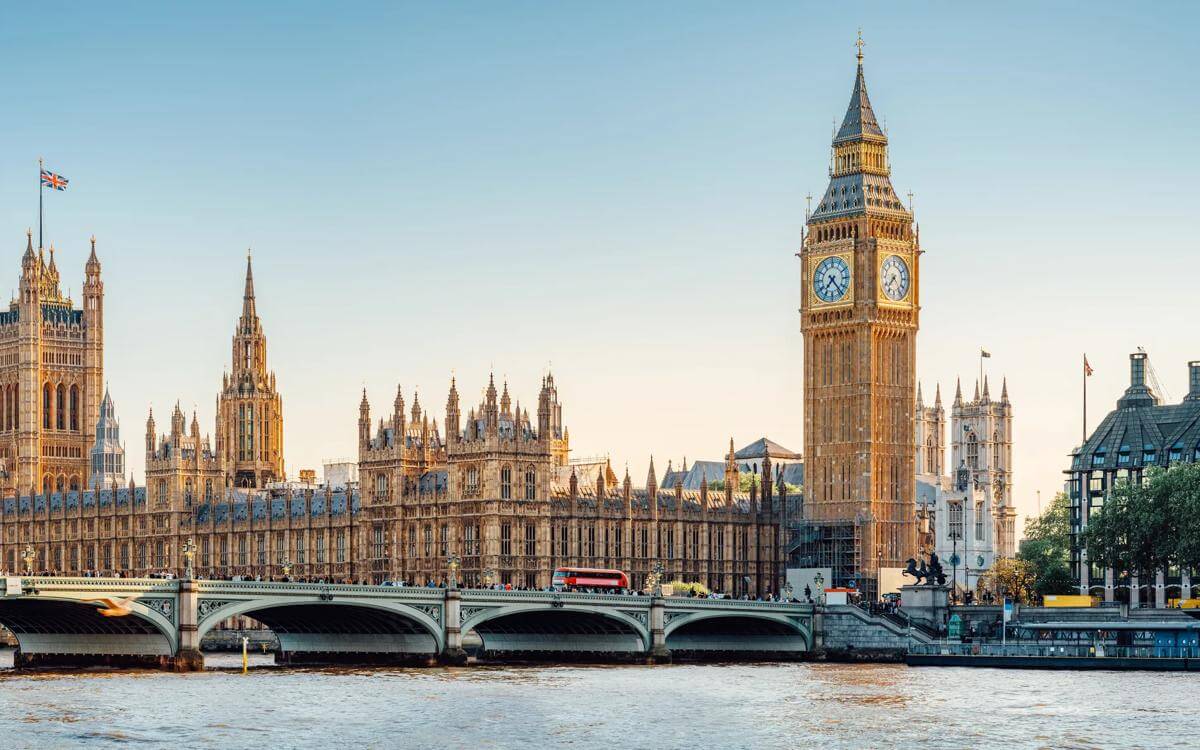The Building Safety Bill – what does it mean for you?
Earlier this month the Government published the Building Safety Bill as part of its continuing efforts to respond to the Grenfell disaster and recommendations made following the Independent Review of Building Regulations and Fire Safety led by Dame Judith Hackitt.
This article is taken from July's public matters newsletter. Click here to view more articles from this issue.
Earlier this month the Government published the Building Safety Bill as part of its continuing efforts to respond to the Grenfell disaster and recommendations made following the Independent Review of Building Regulations and Fire Safety led by Dame Judith Hackitt. The draft bill includes a number of proposed changes to the regulatory framework surrounding the construction industry. In this article we consider some of the most significant changes and the impact they could have upon the way construction is carried out by public sector bodies, including the introduction of a Buildings Safety Regulator responsible for holding local authorities and registered building inspectors to account.
Responding to Grenfell
The new Building Safety Bill is part of the radical rethink of building regulations and fire safety recommended by Dame Judith Hackitt. It follows on the heels of the ban on use of flammable material for cladding on high rise buildings and revised guidance on desktop fire safety assessments introduced in 2018.
For the construction industry generally the Building Safety Bill’s publication confirms the government’s direction of travel towards a strengthened regulatory regime for high rise buildings.
Extension of limitation period to 15 years
The Building Safety Bill proposes changes to the Defective Premises Act 1972 and Limitation Act 1980 that would extend the period within which legal action may be brought to claim compensation for sub-standard construction work on residential buildings from six years to fifteen, to apply retrospectively. The extended liability period would also apply to actions under Section 38 of the Building Act 1984 but only prospectively, although Section 38 is yet to come into force.
The proposal to extend the limitation period has attracted considerable controversy. The building industry is concerned that this will lead to increased compensation claims and could offer landlords and building owners a new route for bringing claims against contractors outside the terms of any building contract. Leaseholders and homeowners have also questioned the proposals, citing the high evidential and financial barriers to bringing legal action, with no guarantee of a favourable outcome due to the inherent ‘litigation risk’ and the likelihood that the developer responsible has ceased to trade or is now insolvent.
From the contractor’s perspective the likelihood that these proposals could change further during the adoption process will complicate the process of assessing any potential retrospective liability.
New regulatory body
The Building Safety Bill proposes the creation of a new Building Safety Regulator within the Health and Safety Executive. The Building Safety Regulator would have three core functions; implementation and enforcement of the new regulatory regime for higher-risk buildings; overseeing the safety and performance of all buildings; and, assisting and encouraging competence in the building industry and among registered building inspectors.
New and strengthened powers would be granted to the Building Safety Regulator, including an extension of the time limits for enforcement action in relation to Building Regulations under the Building Act 1984 from one year to ten years, the power to issue compliance and stop notices, and the power to impose competence requirements on professionals.
Importantly, the Building Safety Regulator would also be responsible for holding local authorities and registered building inspectors to account, with the power to suspend or remove inspectors from the register and prosecute where necessary. All local authority building control teams will need to understand the changes and how their roles and responsibilities are affected. The Building Safety Regulator’s powers to enforce compliance with registration and competency requirements are backed by sanctions including fines and imprisonment.
The Building Safety Bill also requires the Building Safety Regulator to advise on extending the definition of “high-risk buildings”, implying that the scope of this measure could be widened over time.
The introduction of a new regulator, with wide ranging functions and enforcement powers, is likely to result in significant uncertainty for the construction industry and local authorities. It will be some time before there is clarity over what the measures proposed in the Building Safety Bill mean in practice and where the limits of the powers given to the new Building Safety Regulator lie, with the courts likely to play a significant role in resolving these questions.
New competence and registration requirements
The Building Safety Bill proposes new competence requirements to apply to building professionals, a new register and competency regime for architects, and a New Home Ombudsman scheme that specified developers would be required to join.
Consultants, contractors, surveyors and developers will need to understand what competence and registration requirements apply and how to avoid breaching them.
While the Building Safety Bill’s intention is that employers will benefit from the information available on the competency and registration status of key building industry professionals, checking that each member of the professional team is compliant will add a further step to the procurement process.
New gateway regime
A system of three stop/go gateway points at the design, construction and completion phases of residential high-rise buildings is proposed in the Building Safety Bill; at the planning permission stage information must be submitted to show that fire safety requirements have been considered and incorporated into the proposals; at the pre-construction stage the Building Safety Regulator must be satisfied that the design meets building regs requirements; and, at completion, the Building Safety Regulator will only issue a completion certificate if it is satisfied that the work is compliant.
While the legislator’s intention is that the new rules will encourage cooperation, communication and ultimately compliance with building regulations, for employers, contractors and developers the stakes will be considerably raised at these three pinch points in the process. The potential for a project to be stopped by the HSE if requirements are not met is also likely to focus much more attention on contractual provisions around delays and where responsibility lies for the payment of associated damages.
Preparing for change
The draft timetable for adoption and implementation of the proposed measures anticipates that Royal Assent will be granted 9-12 months after introduction of the Building Safety Bill, and that all measures will come into force over a period of 18 months following Royal Assent. The extension of the limitation period of the Defective Premises Act 1972 is to come into force just two months after Royal Assent, i.e. potentially as early as June 2022. This could mean claims under the DPA 1972 would be within limitation from June 2007 forwards.
Before this stage is reached the Bill must pass through parliament, with every likelihood that its content and the timetable for adoption will change but there is no guarantee of the final result.
The construction industry and local authorities will need to keep a close watch on the adoption process in order to be ready for whatever radical solutions emerge from the parliamentary machine.
If you need further information on the implications of the proposals in the Building Safety Bill, we are ideally placed to help. If you would like to discuss this, please contact Martin Cannon at martin.cannon@brownejacobson.com.
Contact

Mark Hickson
Head of Business Development
onlineteaminbox@brownejacobson.com
+44 (0)370 270 6000



